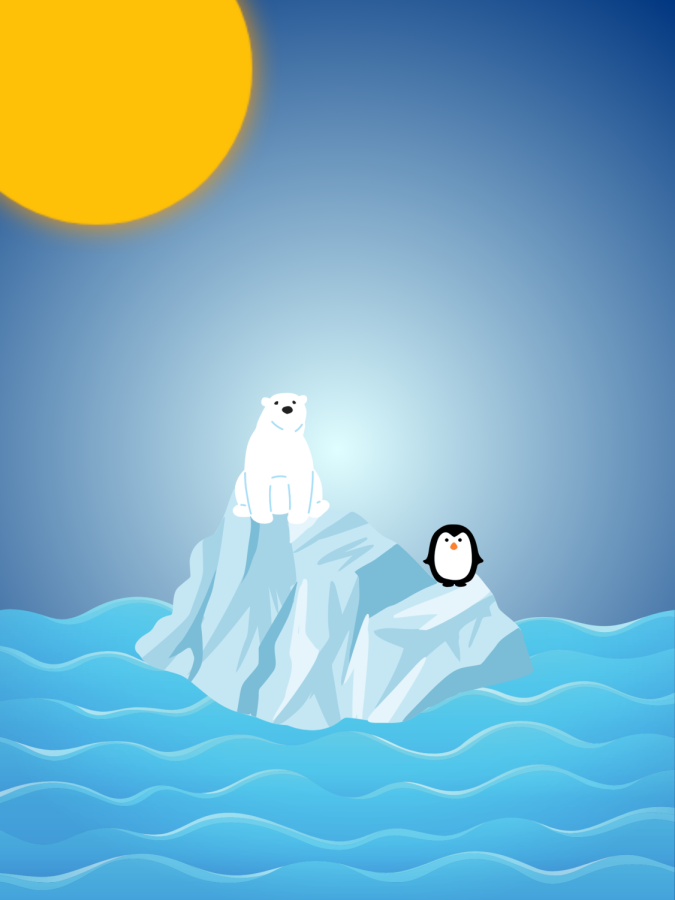World’s glaciers melted by 2050
May 18, 2023
Glaciers cover about 700,000 square kilometers of the earth. Continents and countries such as Antarctica, Africa, New Zealand, Indonesia and Papua New Guinea are home to some of the world’s largest glaciers. These giant chunks of ice and snow are home to multiple species of wildlife. These animals’ homes, however, are predicted to be gone in the near future as the glaciers continue to melt. According to the World Wildlife Fund (WWF), humans are the main cause of these rapidly melting glaciers. By burning fossil fuels, cutting down forest areas, and releasing chemicals into the atmosphere, humans have been the main contributors to the changes in the climate on Earth. Carbon dioxide and other greenhouse gas emissions have raised temperatures in the world’s atmosphere. These temperatures are rising at an even more severe rate at the poles, causing glaciers to melt quickly and sea levels to rise as the melting gets worse.
Scientists from the WWF have stated that “even if we significantly curb emissions in the coming decades, more than a third of the world’s remaining glaciers will melt before the year 2100. When it comes to sea ice, 95 percent of the oldest and thickest ice in the Arctic is already gone.”
If these carbon emissions are not accurately addressed soon, glaciers are predicted to be completely melted by the summer of 2050. Although this problem looks like it will continue to get worse in the future, there are things that society can do to prevent this issue; however, it will take monumental changes and help worldwide in order to fix what’s happening.
According to RiddleLife, “To prevent this melt and restore the glaciers, we should use alternative energy sources, invest in energy-efficient appliances, support infrastructural development, decrease our individual carbon footprints, build underwater walls, plant more trees, recycle, and increase our energy efficiency.”
Glaciers are a major part of the world’s ecosystems and the risk of them going extinct is dangerous to all living things on the planet. With help from people all around the world, glaciers can be saved and survive past the near future. Switching to cleaner gasses, planting more trees, and reducing industrial pollution are all ways that humans can help put an end to the permanent disappearance of glaciers.








